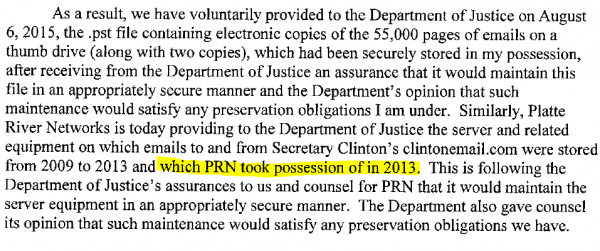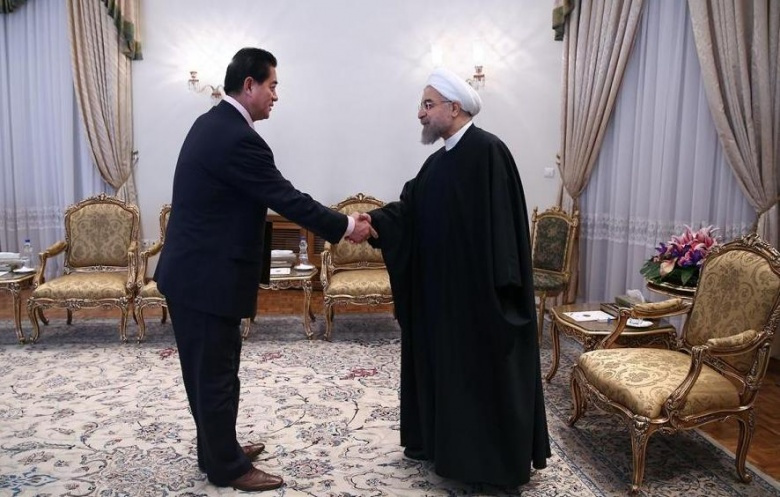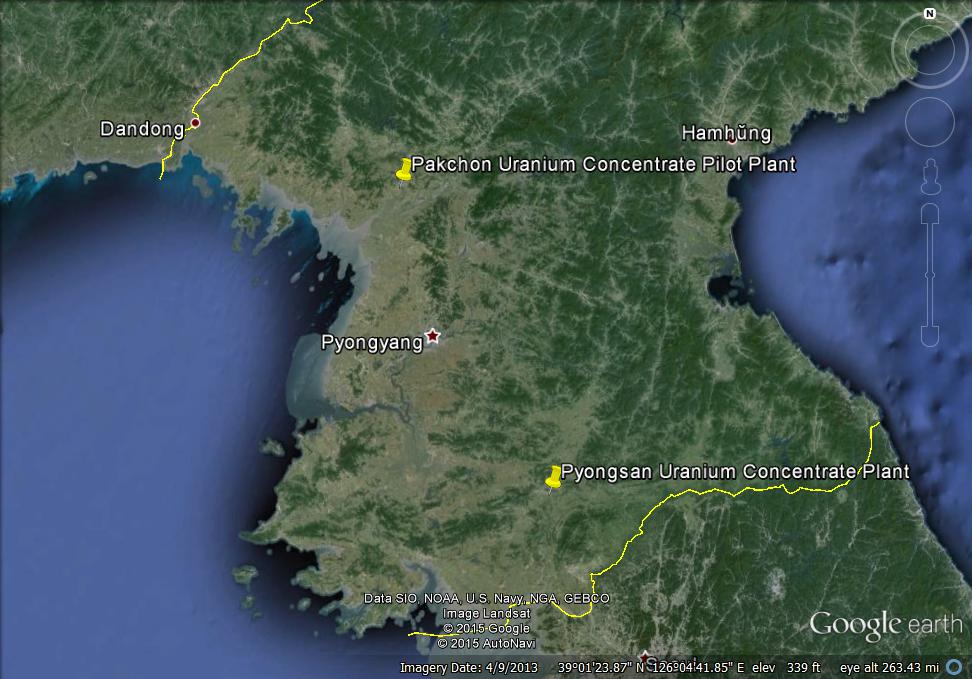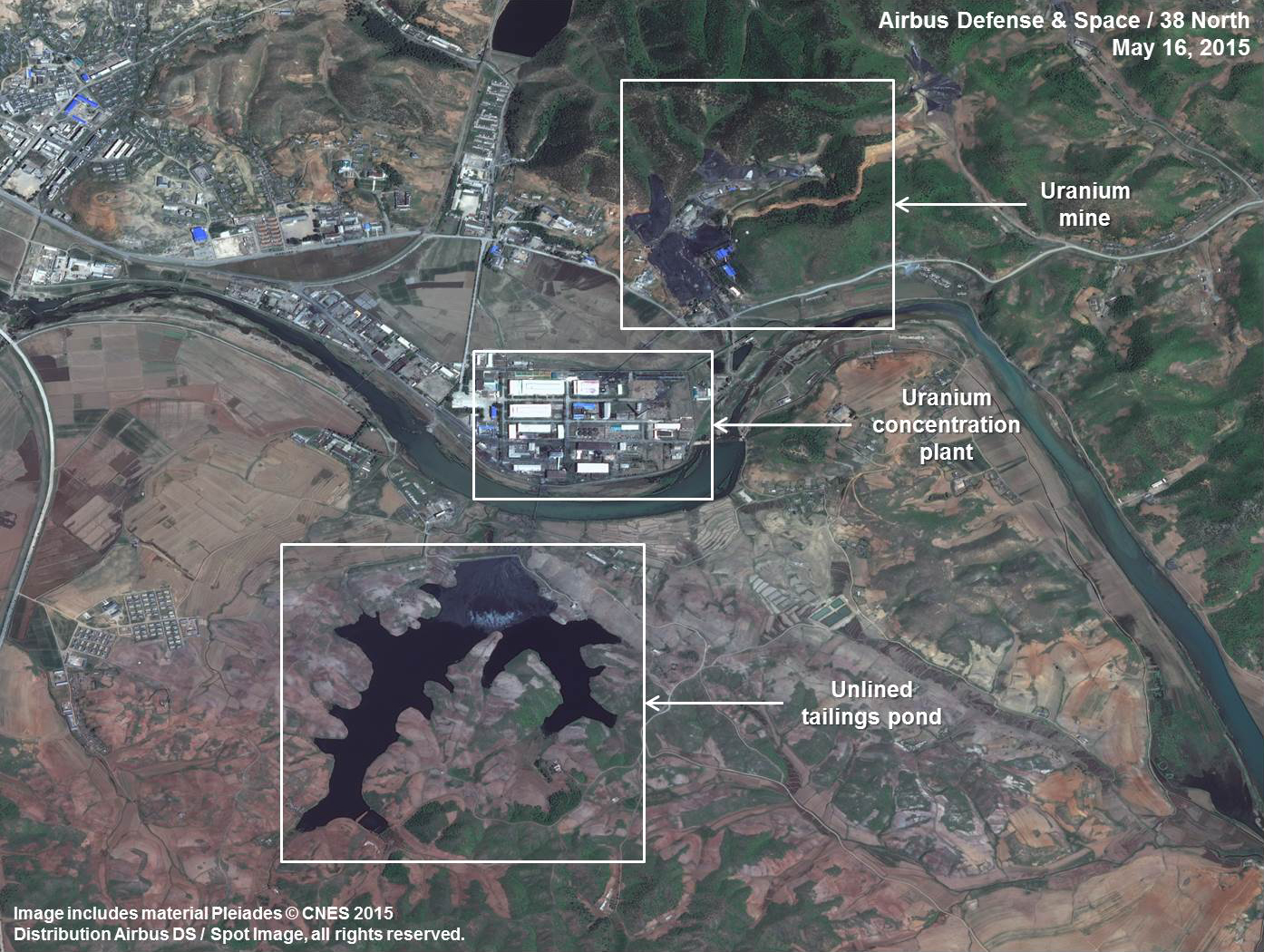Strip the security clearance from this woman. There are many calling for this exact action and the State Department will not comment if she in fact still has it. At least during this investigation, her clearance should be suspended.
Posted on this site was a timeline and factual information when it comes to the Hillary Servergate affair. A few hours have passed and there of course is more to report.
More factual intrigue is listed below and it is not in any real date order given what and how information is being obtained. This comes as the FBI begins the data and material investigations.
1. Barack Obama drafted and signed a lengthy Executive Order #13526 spelling out the comprehensive conditions of all classified and top secret information. The Democrats and those supporting the Hillary camp in Severgate can NO longer claim restrictive laws are passed AFTER her term as Secretary of State. Further and quite important, Hillary was ONE of 20 who were designate with authority to apply classified codes to documents making it all the more curious on how she can claim ignorance in top secret or restricted documents.
2, It is now confirmed, the second server in question which held the material involved in Servergate, located in New Jersey and seized by the FBI was stripped of data. The FBI does in fact have the skills to rebuild and retrace all administrative actions in the server.

3, Now another at the core of this investigation is Huma Abedin who was and is Hillary’s personal confidant and aide de camp. To date, she has not signed nor turned over as order by Judge Sullivan the certification under penalty of perjury or the email materials which hovers in the range of 7000 communication transmissions.
4. As discussed before, not only was there 3 thumb drives of the Hillary email transaction surrendered to the FBI and 3 servers, but the FBI will likely need to obtain or gain a search warrant for 3 additional communication devices held by Hillary, those being her Blackberry, her iPhone and her iPad.
5. When it comes to the SIGINT or geo-spatial top secret email in question, it appears it was relating to a drone image of terror groups in Pakistan. This speaks to sources and methods such that the top secret designations would have originated with the original transmission of the critic (critical communications).
6. Platte River was NOT an approved facility to house or support classified material. Outside vendors are to be approved in the case of top secret material that have hardened rooms preventing espionage or eavesdropping.
7. There will be more Hillary personnel caught up in the investigation snare and those likely will include Mike Morrell, Deputy Director of the CIA; Phillippe Reines, Hillary’s gatekeeper; Jeremy Bash, former Chief of Staff for Leon Panetta; Andrew Shapiro, Hillary’s Policy Advisor; and several others now at Beacon Global Strategies, Hillary’s personnel policy think tank.
8. The contracted server company, Platte River is now raising deeper questions due in part to a lawsuit and investigation from November 2014. The lawsuit document is found here. They stole phone numbers and metadata from White House military advisors.
Platte River Networks is said to have illegally accessed the master database for all US phone numbers.
It also seized 390 lines in a move that created chaos across the US government.
Among the phone numbers which the company took – which all suddenly stopped working – were lines for White House military support desks, the Department of Defense and the Department of Energy, a lawsuit claims.
Others were the main numbers for major financial institutions, hospitals and the help desk number for T2 Communications, the telecom firm which owned them.
A lawsuit filed on behalf of T2 claims that the mess took 11 days to fix and demands that Platte River pay up $360,000 in compensation.
More to come for sure…..stay tuned.








